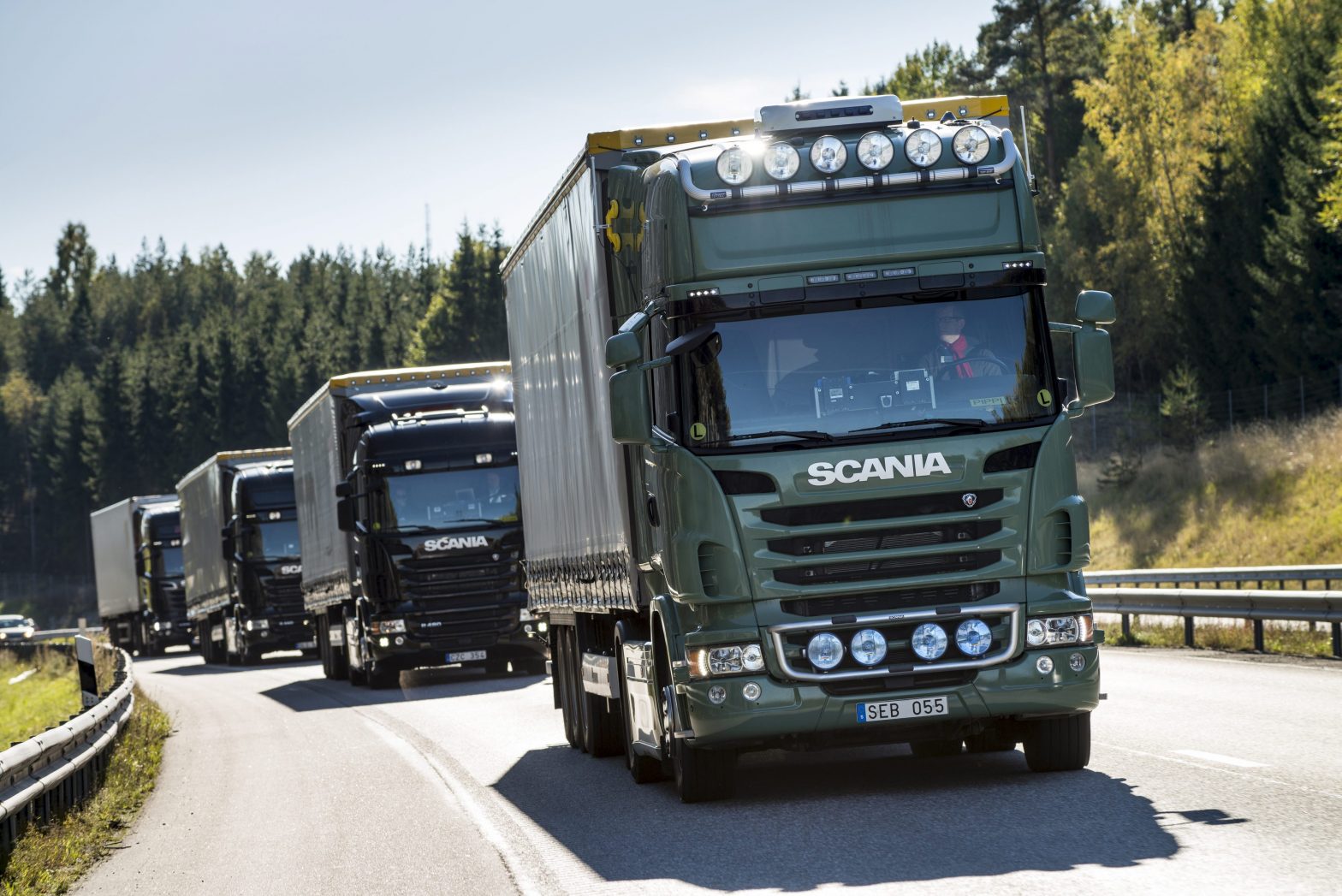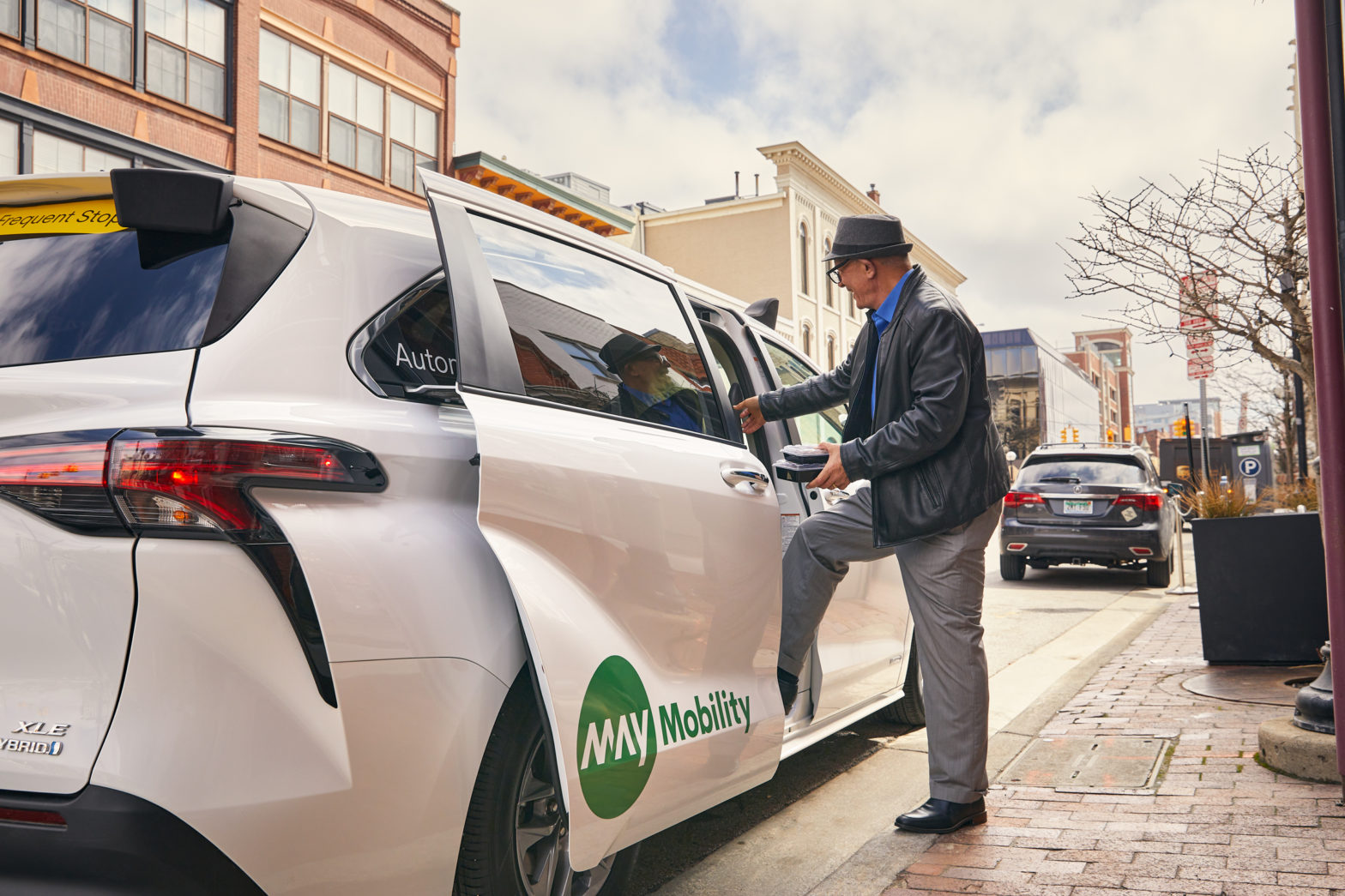
Photo: 730482
Scania and Ericsson to deploy 5G technology
25 February 2016
Communications technology company, Ericsson, and heavy transport manufacturer, Scania, have announced joint research efforts to accelerate the connectivity of commercial vehicles and infrastructure to enable improvements in the transport of people and cargo.
“We’ve been speaking about introducing vehicle-to-vehicle and vehicle-to-infrastructure communications for quite some time but now it’s really taking off,” Håkan Schildt, Director of Strategy and Business Development at Scania’s Connected Services and Solutions, said during the Mobile World Congress in Barcelona. “We now see greater prospects for reliable communications through mobile networks.”
New developments in LTE and 5G standardisation have created opportunities for dedicated vehicle-to-vehicle communications in the transport of people and cargo using the mobile network while minimising risks of unpredictability and latency. The two companies are building a test-bed in Scania’s premises in Södertälje, Sweden to test various aspects of vehicle to infrastructure communication.
Scania has pioneered ‘platooning’ concepts with truck and trailer combinations driving in close formation, thereby reducing air drag and fuel consumption. Legislation at present permits trucks to drive at a safe distance from each other using common in-vehicle features such as radar and cruise control. However, an even narrower distance between trucks–further reducing fuel consumption–requires vehicle-to-vehicle communications and interconnected control systems. According to research undertaken by Ericsson and Scania, sufficiently reliable communications can be established using 4G, and future 5G, networks.
“Platooning has been tested in Sweden but there are no concrete plans for pilots of the solution that Ericsson and Scania are working on yet, because the standardisation work is still ongoing,” Leonid Mokrushin, Senior Researcher, Ericsson, told Cities Today.
Vehicle-to-infrastructure communications is viewed by the companies as an enabler for system-wide platooning in planning and organising the formation and dissolution of platoons according to route and schedule. Trucks can thus join and leave platoons in a more optimal manner. The first tests will most likely be undertaken in Sweden of which special permission is required.
“In addition to increasing fuel economy, we believe platoons have the potential to substantially shorten commute/journey times, reduce congestion and decrease the number of traffic collisions,” added Mokrushin. “These are benefits that we can all easily appreciate. Ericsson will continue to work with partners such as Scania to make platoons a reality.”










